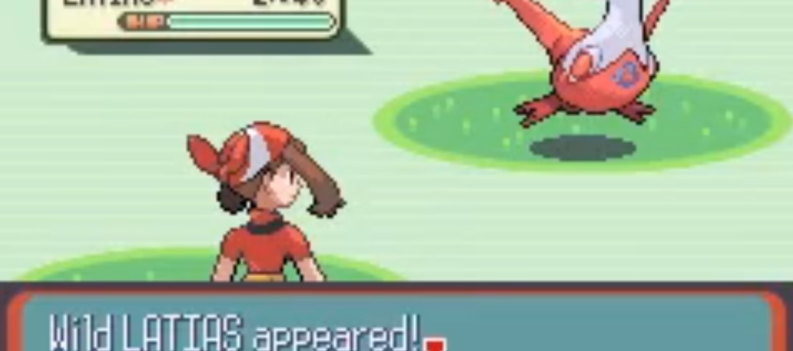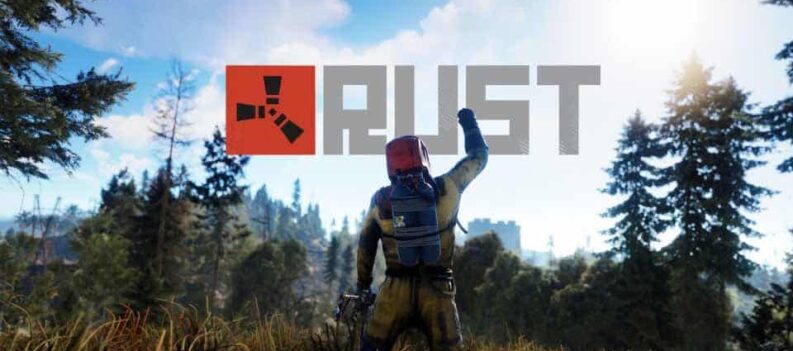Science is one of the driving factors in the Career and Science play modes of “Kerbal Space Program.” It allows the player to unlock more complex and technologically improved spaceship parts to mount onto future missions. In the Science mode, the game’s goal is to essentially unlock the entire tree through gradually advancing launches and experiments.
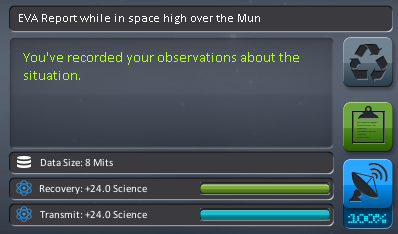
The primary way to get more science in the game is to use Kerbals to perform experiments and surveys, then send that data back to the space center (KSC). We’re here to help you on the journey to master scientific advancement in Kerbal Space Program.
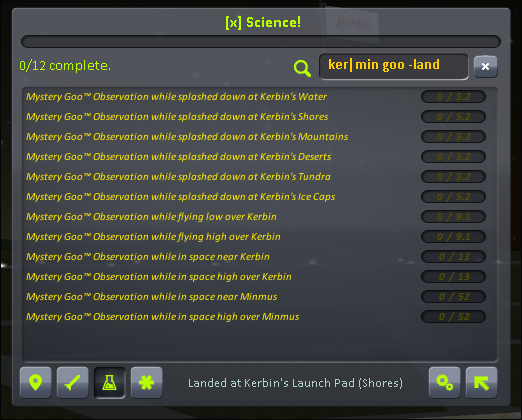
Getting Science Through Observations
Most of your scientific output is done by observing unvisited biomes with your crew, measuring instruments, and then sending this data back to the control center.
One of the earliest possible options to generate science is to create a simple crew report before a flight. You can create the report by simply clicking on the command pod while it’s on the launch pad and selecting the “Crew Report” option.

When your vessel is recovered, this data creates science points to use. You can use similar options while your spacecraft is in flight, although you’ll need to either store or transmit that data to make it usable.
Crew can also make EVA (extra-vehicular activity) reports by exiting their shuttle or can collect soil samples using Goo via dedicated scientific instruments. All of this data is stored within the observation instrument until you bring it to the KSC.
Differences in Biomes
One of the crucial points of scientific discovery in the game is observing new biomes or map areas. Luckily, the game gives you a solid head start. Your command center includes 33 small biomes scattered around the complex. For a science boost, all you have to do is park your shuttle or drone in a new biome, then create an EVA report, a crew report, or get a soil sample.
The planet also has additional biomes scattered throughout. Mountains, seas, and icy deserts are all eligible for scientific discovery. Mun and Minmus (the planet’s two moons) are also rich in biome diversity, making planned missions to these destinations vital in Career and Science modes.
Observations are also different in proximity to celestial objects. Crew reports created in outer space or orbiting celestial bodies at high or low altitudes yield new science.

Scientists and Transmitting Data
Most measuring instruments can only hold data from one experiment, regardless of whether it was used or not. A scientist can perform an EVA to reset these devices to capture more data for experiments. On more extended missions, your options are to bring a scientist along to reset instruments or carry additional instruments for subsequent observations.
Most observations can store their science points until recovery or transmit available data directly to the KSC, provided you have energy and communication parts to do so. However, storing science points yields a much higher return than transmission for almost any observation. EVA reports are an exception to that rule since they give the same amount (full bonus) regardless if you store or transfer them.
When you conduct an observation, you’ll receive details on how many science points you gain for that observation out of the total points available for that experiment in the biome. Storing data and then resetting the device for a new observation in the same conditions will allow you to make a fraction of the remaining points. This cycle continues until the returns are negligible. As a rule of thumb, storing data is meaningful until the third retry.
Transmitting data allows you to reset your instruments and data storage immediately. Since most capsules and modules have limited data storage, this necessitates frequent recovery or transmission. For example, a command capsule can store a single crew report at a time. By transmitting this data immediately, you can travel through different biomes and orbital points to secure more science in a single trip.
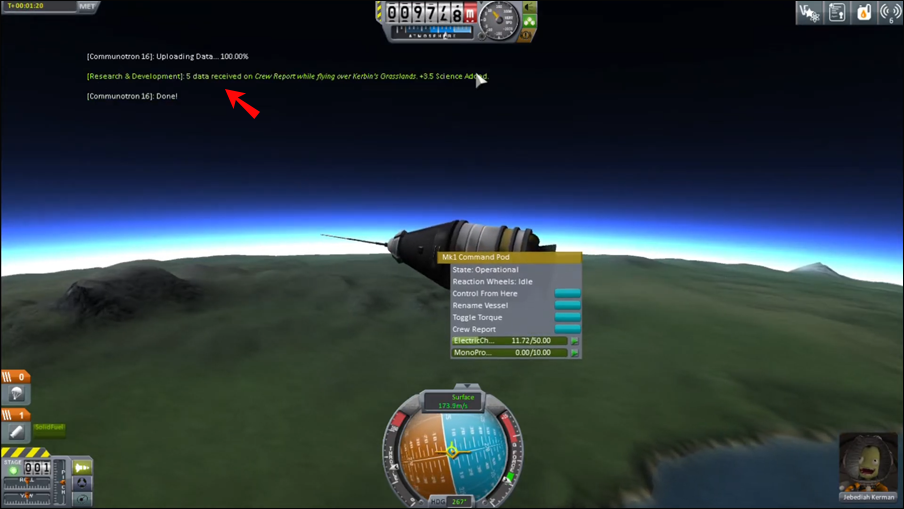
Recovery
When you’re not transmitting data, you have to recover all data points you’ve gathered throughout the trip. Successful recovery means bringing your Kerbals back to the planet in one piece, after which a recovery option becomes available on the spacecraft or Kerbonauts.

Kerbals in Space for Science
Science is the driving force of discovery in Kerbal Space Program, and the possibilities for gathering it are nearly endless. Start small, and don’t forget to make new reports frequently at the start, and you’ll have a bright future.
What is your tactic for gathering science in KSP? Let us know in the comments below.

 More Guides
More Guides

